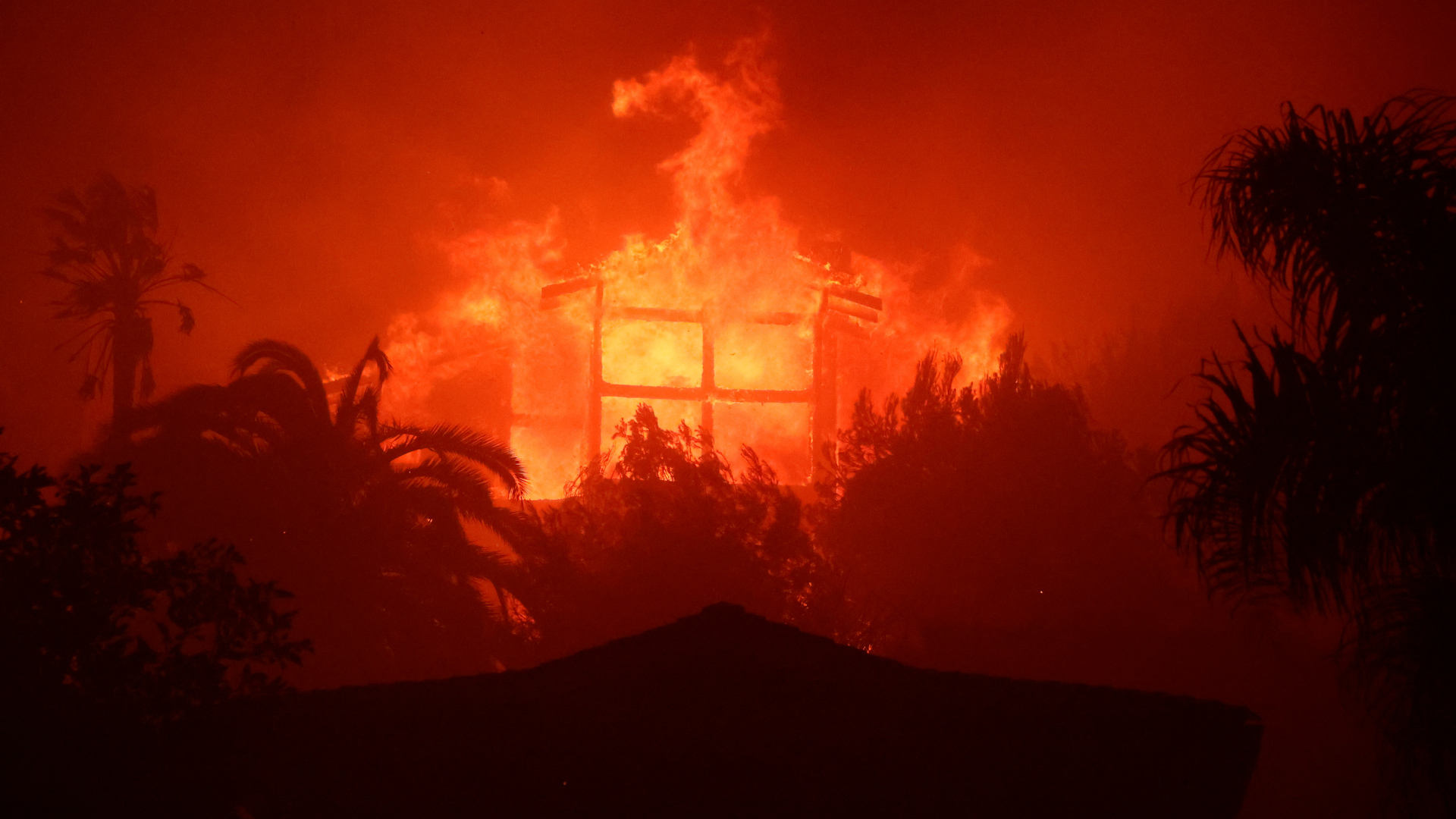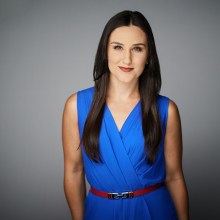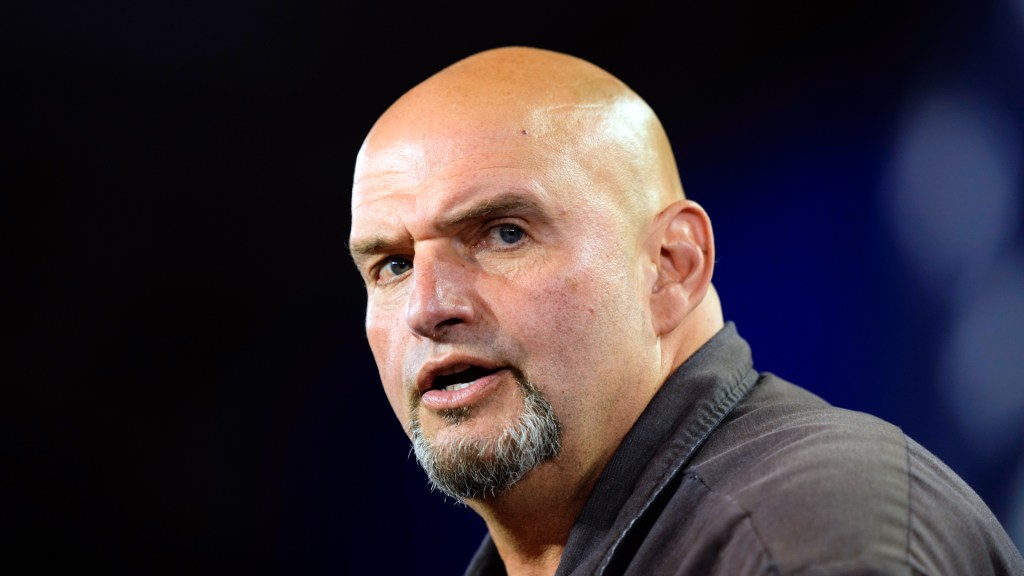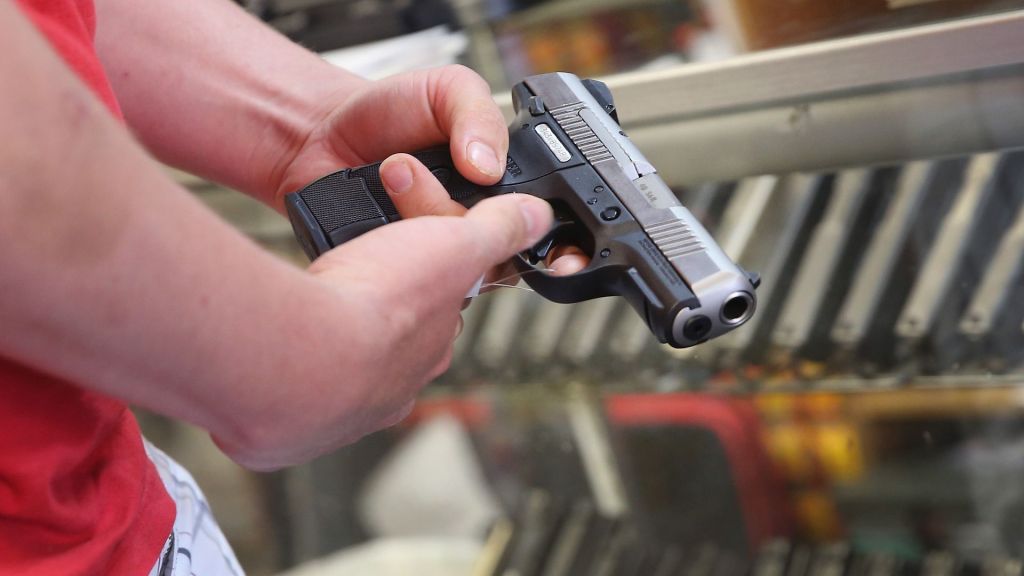
[Actress Jamie Lee Curtis]
where I live is on fire right now. Literally, the entire city of the Pacific Palisades is burning.
[Simone Del Rosario]
We’re getting a first sense of the economic toll taken by these devastating southern California wildfires. Experts at AccuWeather estimate it’ll cost as much as $57 billion.
Homeowners affected have unique insurance factors in play as they try to put their lives back together. Many lost their original insurance coverage in the months leading up to this disaster. More on that in a minute.
These wildfires spread from unseasonably dry conditions and strong Santa Ana winds. At least five people are dead while more than 100,000 people evacuated areas under threat.
There are at least five fires covering more than 45 square miles ravaging the region. The Pacific Palisades fire is the biggest, burning through nearly 27 square miles and destroying more than 1,000 buildings. At the time of this report, it is 0% contained and being called the most destructive in Los Angeles’ history.
Ken Clark | Accuweather:
Houses have already burned. Others are in danger. People are having trouble getting out of the Palisades area because there’s limited amounts of roads going into there, very narrow roads. And because of that, they’re having trouble getting down out of the out of the hills, down into the Pacific Coast Highway.
Simone Del Rosario:
Another fire started Wednesday evening in the Hollywood Hills.
The area from Malibu and Santa Monica is some of the most expensive property in the United States. The median home value in the area is more than $2 million. Pacific Palisades sits right in the middle of the region.
In the wake of the devastation, homeowners in the area will face an uphill battle to rebuild. And the cost could be spread to insurance holders throughout the state.
State Farm, a major insurer in California, reportedly canceled hundreds of policies for homes in the Pacific Palisades over the summer to attempt to avoid “financial failure.”
CHUCK NYCE:
Hi, my name is Chuck Nyce. I am a professor in the risk management and insurance program here in the College of Business at Florida State University. I’ve been studying catastrophes since graduate school back in 1993 right after Hurricane Andrew hit the state of Florida.
When you have these things like wildfires or hurricanes or floods, and the loss affects a large portion of the population, especially in a very small geographical area at the same time, insurance works, but it doesn’t work as well. It becomes more expensive and the losses to the insurance company, when they become what they call correlated, it makes insurance companies’ cost of capital higher, it makes their losses higher, it makes them more reluctant to do a large volume of business in a specific area.
Simone Del Rosario:
Insurers have been backing out of the area as wildfires become more frequent and destructive. But there are options for those who can’t find private coverage in their communities.
CHUCK NYCE:
Every state has some type of a residual market called a FAIR plan, in most states, that will enable you to get access to that insurance, even if the private market is not willing to provide it.
It’s called fair access to insurance requirements.
Simone Del Rosario:
In California, FAIR “is a syndicated fire insurance pool comprised of all insurers licensed to conduct property/casualty business in California.” The program uses no public or taxpayer funding.
CHUCK NYCE:
States have a variety of different ways in which they fund their FAIR plans, and some of them just allocate those policies to insurance companies. Other ones will, what they’ll do is they will bill the insurance companies for losses that the FAIR Plan absorbs. And if that’s the cas,e in many states, what those insurance companies do, they can pass those costs on the policy holders, they can pass through those additional losses that they’re paying to the FAIR Plan to their current policy holders. So even though the state’s not paying for it, the citizens of that state are paying for it.
Simone Del Rosario:
As insurers have dialed back coverage in fire-ravaged regions the number of California FAIR policies has doubled between 2020 and 2024, reaching more than 450,000 customers.
Since 2020, FAIR’s insurance exposure has jumped from $153 billion to more than $450 billion. It’s a 200% increase in four years.
CHUCK NYCE:
What I tell people in California is, you’re about 20 years behind where we are in Florida. And what I mean by that is, everything that California can do today to keep those traditional insurance companies in the state is going to help. What we saw in Florida is when those larger companies decided to reduce their exposure, we needed additional insurance companies to come in to provide the coverage that was necessary. Our FAIR Plan, our Citizens, grew substantially, and then it shrunk. And then, when we had our crisis a couple years ago, it grew substantially again. And now you’ll notice, as we’ve stabilized, our market is starting to shrink again.
Nyce says all of this will eventually result in a secondary problem for people seeking homeowner policies.
CHUCK NYCE:
Price, availability, affordability, these are all issues that are going to be on the docket for California, probably for the next 10 or 20 years with regard to insurance.
Simone Del Rosario:
Many celebrities live in the region and many have lost their homes. That includes reality TV star and hotel heiress Paris Hilton, who wrote on Instagram:
“Sitting with my family, watching the news, and seeing our home in Malibu burn to the ground on live TV is something no one should ever have to experience.
“This home is where we built so many precious memories… My heart and prayers are going out to every family affected by these fires.”
Jamie Lee Curtis:
and it’s F***ing gnarly, you guys, it’s just a catastrophe in Southern California. Obviously there have been horrific fires in many places. This is literally where I live, everything the market I shop in the schools my kids go to friends, many, many, many, many, many friends now have lost their homes. So it is, it’s a really awful situation.
Despite the fact that many homeowners in the Palisades fire have the means to recover, Nyce still says it’s not a good idea to go without insurance.
CHUCK NYCE:
These are some of the wealthiest homes in the in the country, some of the most expensive homes in the country, they can afford it, then they should be able to afford their insurance premiums. What happens when someone just chooses not to buy insurance? What you’re doing then is, when a loss occurs, somebody pays for it, right.
Now it could be the homeowner, if they’re not insured, or it’s the insurance company, right, or it’s the FAIR Plan, or whoever’s out there. It could be a surplus Alliance company. When you start deciding not to buy insurance, what you’re doing is you’re pushing these large scale losses on the party that probably is the least effective party to be able to manage that loss.
Simone Del Rosario:
And whether it’s a wildfire in California or a hurricane in Florida, expensive disasters tend to drive insurance companies out the door.
For Straight Arrow News, I’m Simone Del Rosario.











